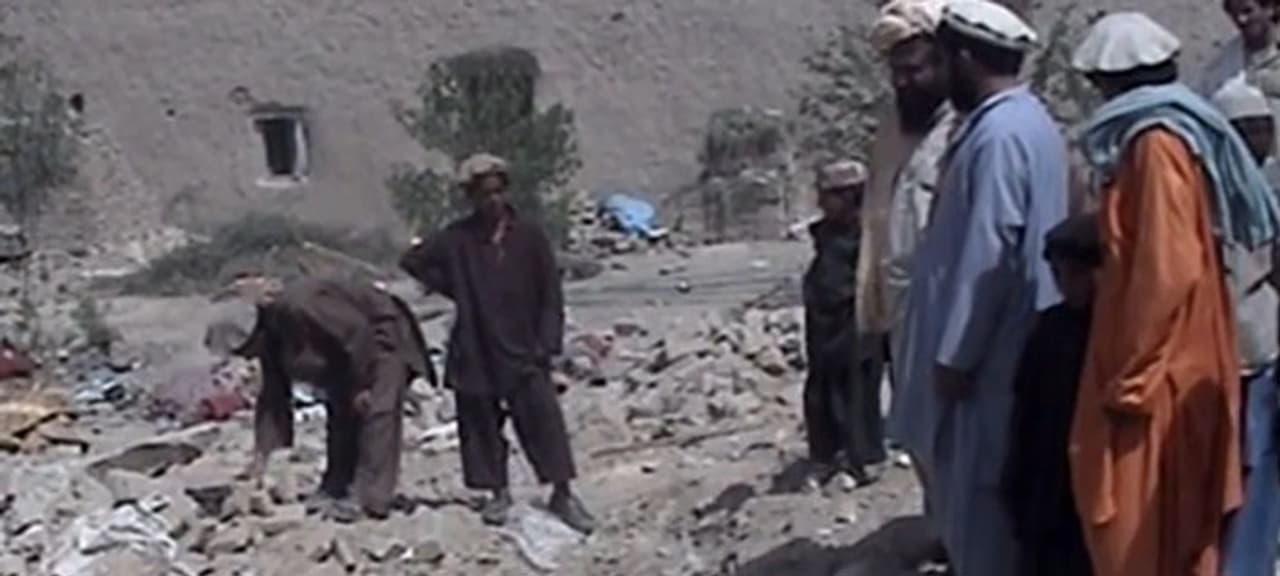
Drone strikes continue but the dead die unnamed
Reports of drone strikes continue to emerge from the tribal areas but not names of the dead. (Image:Vocativ)
Only 30 of the 104 people reported killed in drone strikes in Pakistan this year have been identified, the Bureau’s Naming the Dead project has found, reflecting the paucity of information coming out of Pakistan’s tribal areas.
The proportion of victims identified is much lower than in 2013, when a minimum 108 people were reported killed. Names have been found for nearly all these dead. Some of these names took a while to emerge, so perhaps it is too soon to say for sure whether or not the process of identifying people is becoming harder.
Sources of information about the drone strikes, however, do appear to be thinning. In previous years victims of drones attacks were identified by a variety of sources, including witnesses and local tribal leaders whereas the details of most of 2014’s dead come from either al Qaeda or unnamed Pakistani officials.
One reason information may be getting harder to obtain is the military operation in the Federally Administered Tribal Areas (Fata), which began on June 15. The start of the offensive was well publicised and spurred thousands of people to leave the area before the attacks started. A month after the offensive began, more than a million people had reportedly been displaced out of the Fata region into Afghanistan and other parts of Pakistan, according to the UN and Fata Disaster Management Authority.
See the data: Naming the Dead
All but two strikes this year have hit areas where the Pakistan army is fighting various armed groups based in the Fata. It has been almost impossible for journalists to move and report independently from these areas, according to Rahimullah Yousufzai, a prominent Pakistani journalist. International journalists cannot travel anywhere in the Fata without permission from the government. Pakistani journalists can travel into the area but generally do not because it is extremely dangerous – especially when the army is carrying out an offensive.
Fifteen of the 22 attacks this year have hit North Waziristan, one of seven so-called tribal agencies that make up Pakistan’s Fata. One other strike hit in Khyber agency where the Pakistan Army has begun a new operation offensive. Three more attacks may have been in North Waziristan – they hit targets in the isolated Shawal area that straddles the border between North and South Waziristan. The Shawal has also been a focus of the Pakistani Air Force in its ongoing offensive and is reported in the Pakistani press to be the final target for the Pakistan military operations.
Some local reporters do travel to tribal areas outside of North Waziristan, “but it can be risky,” Yousufzai says. Though technically free to move in the area, journalists are said to come under pressure from the military if they are not embedded. “You can’t really do much independent reporting, even now”, says Yousufzai.
Most of the news coming out of Waziristan is generated by the Inter Services Public Relations (ISPR) – the army’s media wing. ISPR has been drip feeding stories of military ground and air strikes, and Taliban casualties. Currently it says the army has killed at least 1,100 people in North Waziristan and over 150 killed in Khyber.
Related story: Only 4% of drone victims in Pakistan named as al Qaeda members
These ISPR releases have frequently reported the deaths of unnamed Uzebks or Central Asians.
At least one independent journalist has managed to challenge the army’s narrative by slipping briefly into North Waziristan shortly before the offensive began.
Sailab Mehsud, a correspondent for Radio Free Europe/Radio Liberty’s local outlet Gandhara reported during the first days of this year’s operation that the Taliban “appeared to be unaffected by the military operation and were visible everywhere” and saw “no evidence of Central Asian militants associated with the Islamic Movement of Uzbekistan, or Arabs loyal to al Qaeda.”
2014 has seen fewer names of drone strike victims emerge than any year since the start of the campaign in 2004. However, other years have seen a smaller proportion of the number of people killed identified.
In 2010, just 114 of the 751 people reported killed were named. This could be because the Pakistan military had tight control over reporting of strikes in the aftermath of an extensive military operation in South Waziristan, carried out from June to December the previous year. However only seven out of 128 strikes hit South Waziristan that year. The paucity of names recorded could be because the sheer frequency of strikes made in-depth reporting of each one impossible.
Follow Jack Serle on Twitter. Sign up for monthly updates from the Bureau’s Covert War project, subscribe to our podcast, Drone News from the Bureau, and follow Drone Reads on Twitter to see what the team is reading.


